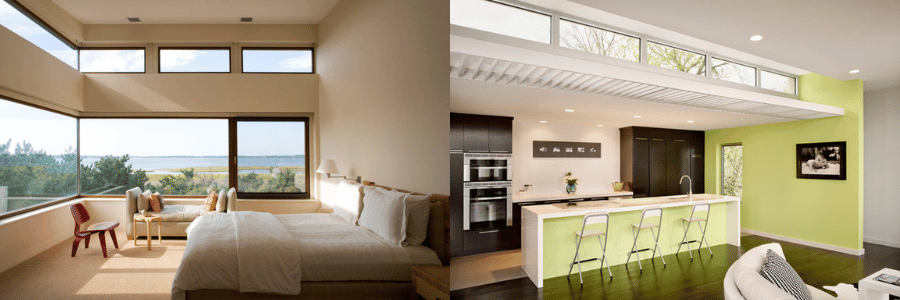Clerestory windows, those elegantly positioned openings high on walls, are far more than mere architectural features. They represent a fusion of beauty, functionality, and innovation that can transform any space. These windows, typically situated above eye level, allow for an abundance of natural light to flood in, creating an airy and inviting atmosphere. Their design not only elevates the overall aesthetic appeal of a room but also contributes to a feeling of spaciousness that is often sought after in both residential and commercial settings. In a world where artificial lighting can feel harsh and unwelcoming, clerestory windows serve as a natural alternative, fostering a deeper connection between the indoors and the outside world.
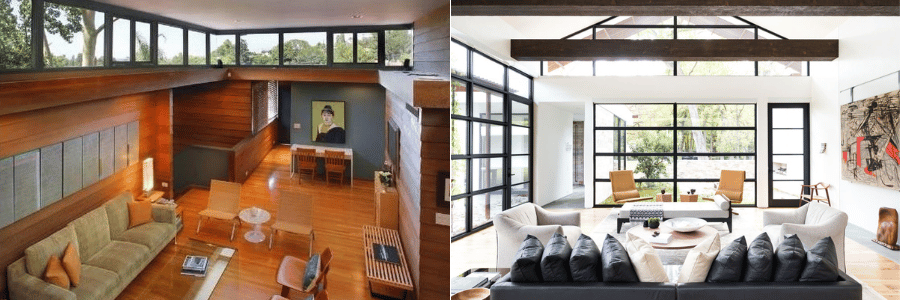
Historical Significance
The term “clerestory” originates from the architectural practices of ancient civilizations, particularly in temples and churches where light was symbolic of divine presence. Historically, these windows were often found in grand religious structures, such as cathedrals and temples, where they were strategically placed to illuminate the interior while maintaining a sense of mystery and sanctity. This placement allowed worshippers to feel connected to the higher realms while also creating an ethereal atmosphere within the space. Over time, as architectural styles evolved, clerestory windows found their way into residential designs, becoming a popular choice for homeowners looking to add both character and functionality to their living spaces. Their enduring appeal speaks to their versatility and the timeless quality they bring to architecture.
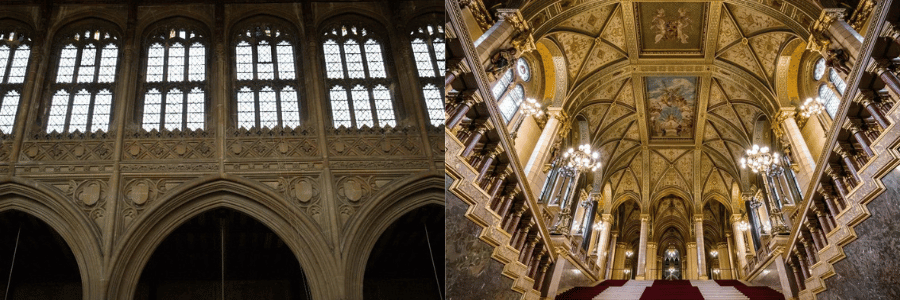
Aesthetic Appeal
One of the most striking features of clerestory windows is their ability to enhance the aesthetics of a room. The interplay of light and shadow created by these windows adds depth and dimension, transforming a static space into a dynamic environment. Early morning sunlight filtering through clerestories can create a warm, inviting glow, casting soft shadows that enhance the textures of walls and furnishings. In contrast, the gentle light of late afternoon offers a calming ambiance, perfect for relaxation and reflection. This natural illumination can highlight architectural details, art pieces, or textures, making the entire space feel more alive and engaging. Additionally, clerestory windows can serve as a focal point in a room, drawing the eye upward and creating a sense of height, which is particularly beneficial in smaller or lower-ceilinged spaces. Their design allows for creative expression, as they can be customized in various shapes and sizes, from narrow strips to expansive panels, accommodating different architectural styles—from minimalist modern to classic traditional.
Functional Benefits
Beyond their aesthetic charm, clerestory windows offer a plethora of practical benefits that enhance the livability of a space. By allowing light to enter from above, they can significantly reduce the need for artificial lighting during the day, contributing to greater energy efficiency and lower electricity bills. This influx of natural light not only brightens a room but can also positively impact mood and productivity, making spaces feel more vibrant and invigorating. Furthermore, when combined with lower windows, clerestory windows can promote better ventilation, facilitating natural airflow that helps regulate indoor temperatures. This design choice is particularly beneficial in warmer climates, where cooling costs can be substantial. Moreover, the unique positioning of clerestory windows enhances privacy; because they are set high on walls, they let in light without compromising the view from outside. This makes them ideal for urban settings or homes close to neighboring properties, allowing homeowners to enjoy abundant natural light without feeling exposed.
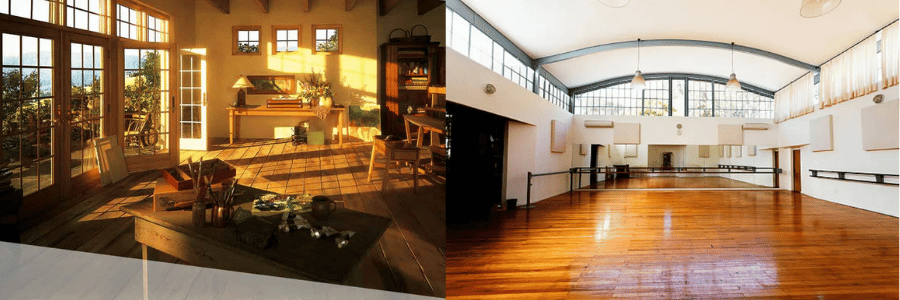
Considerations for Design
When incorporating clerestory windows into your home, there are several crucial factors to consider to ensure they function optimally and align with your design vision. The orientation of the windows plays a pivotal role; south-facing clerestories will capture more light throughout the day, while north-facing options can provide softer, more diffused illumination that is ideal for creating a serene atmosphere. Additionally, it’s important to carefully think about the size and placement of the windows. While larger windows can create stunning focal points and allow for greater light entry, they may also lead to excessive heat gain, especially in warmer months. Conversely, too small a window might not provide sufficient light, defeating the purpose of their installation. Engaging with an architect or designer can help you navigate these considerations, ensuring that the clerestory windows enhance both the beauty and comfort of your space. They can also assist in selecting materials and glazing options that improve insulation and energy efficiency, further amplifying the benefits of these windows.
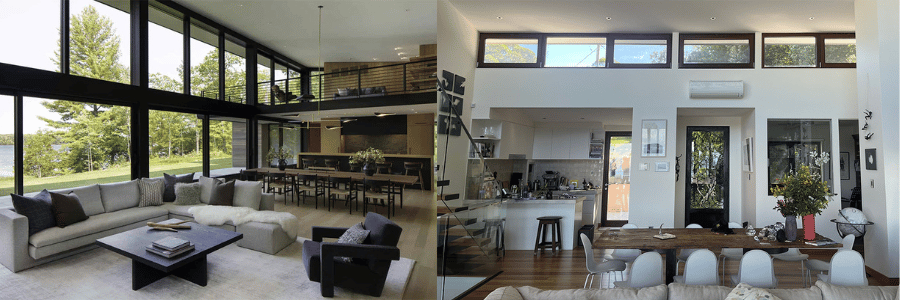
Conclusion
Clerestory windows are more than just a passing design trend; they represent an artistic expression that can significantly enhance the aesthetics and atmosphere of any environment. By integrating these windows into your home, you can create a bright, welcoming space that feels larger and more connected to the outdoors. Their unique ability to transform light and space can dramatically elevate your living experience. Whether in a contemporary home with sleek lines or a classic design filled with character, clerestory windows offer a unique blend of light, beauty, and functionality. They serve as an ultimate solution for those looking to bring a sense of warmth and connection to their living spaces. Embrace the art of clerestory windows, and let the light transform your home into something truly extraordinary, inviting you to enjoy the beauty of natural illumination every day.

